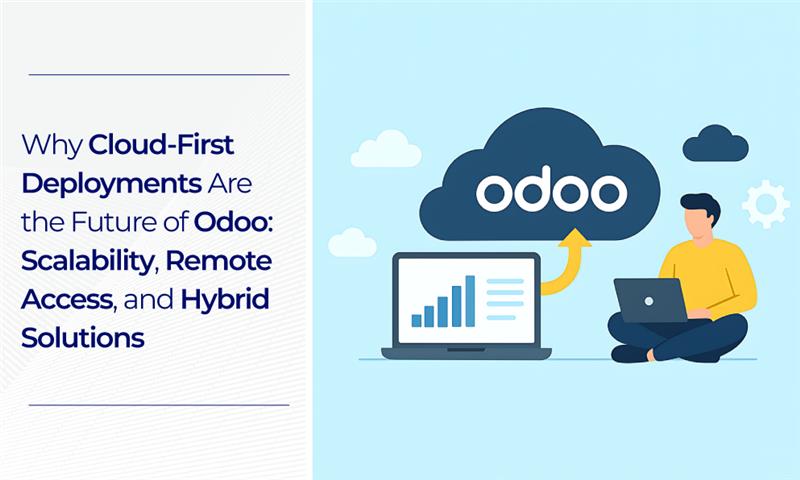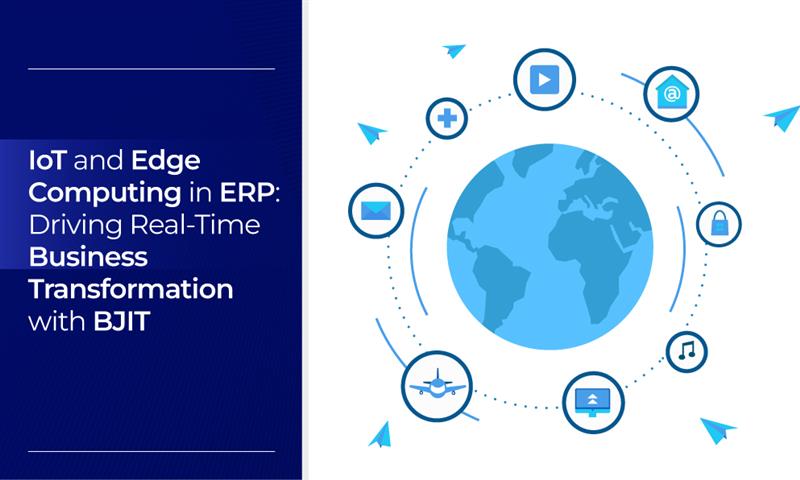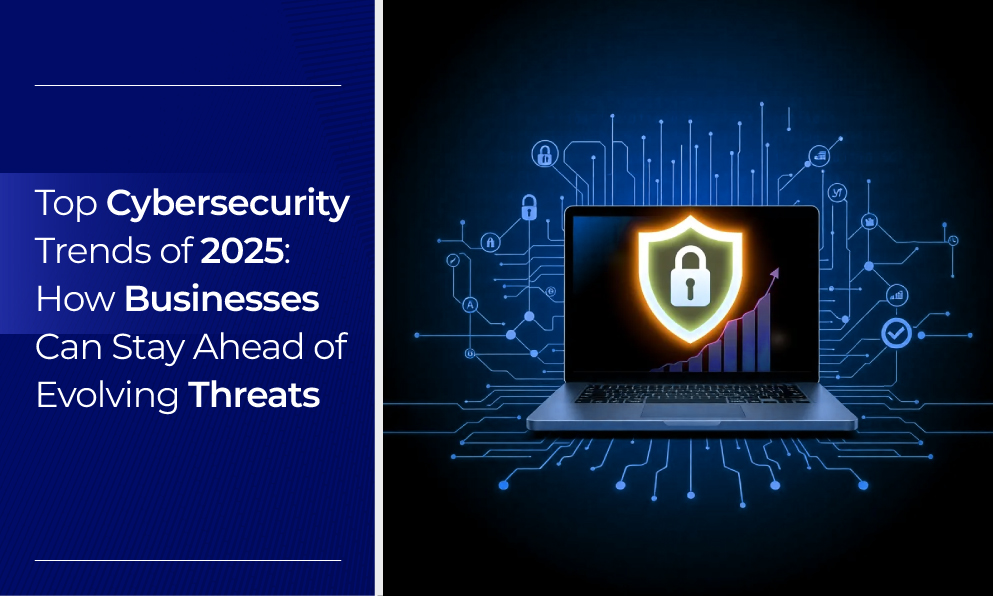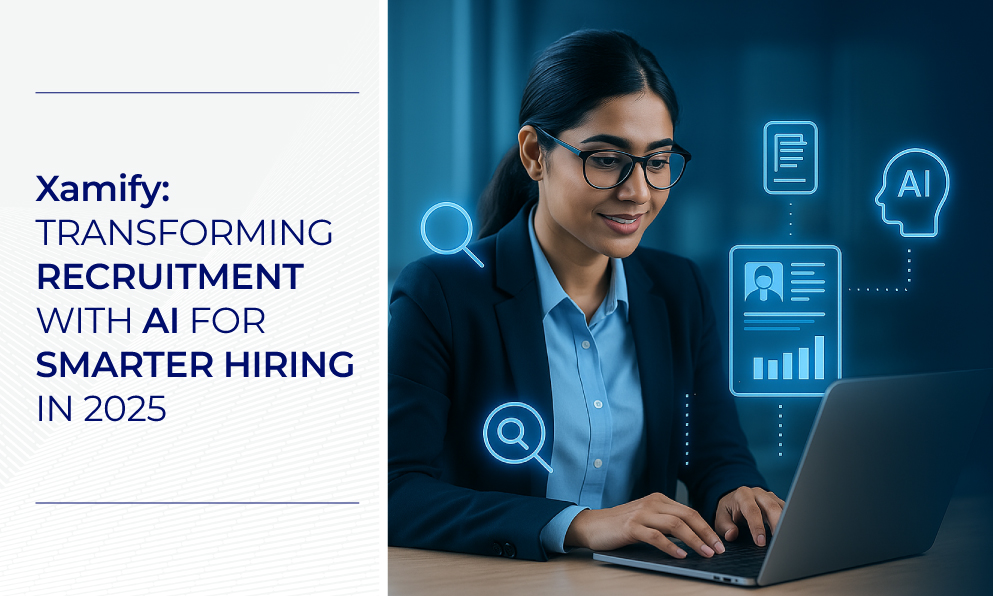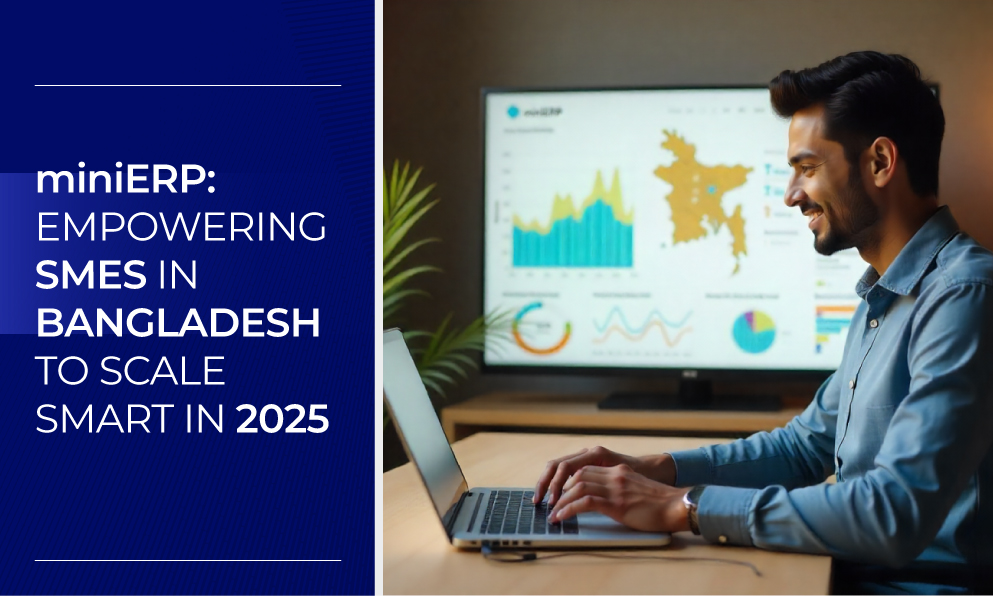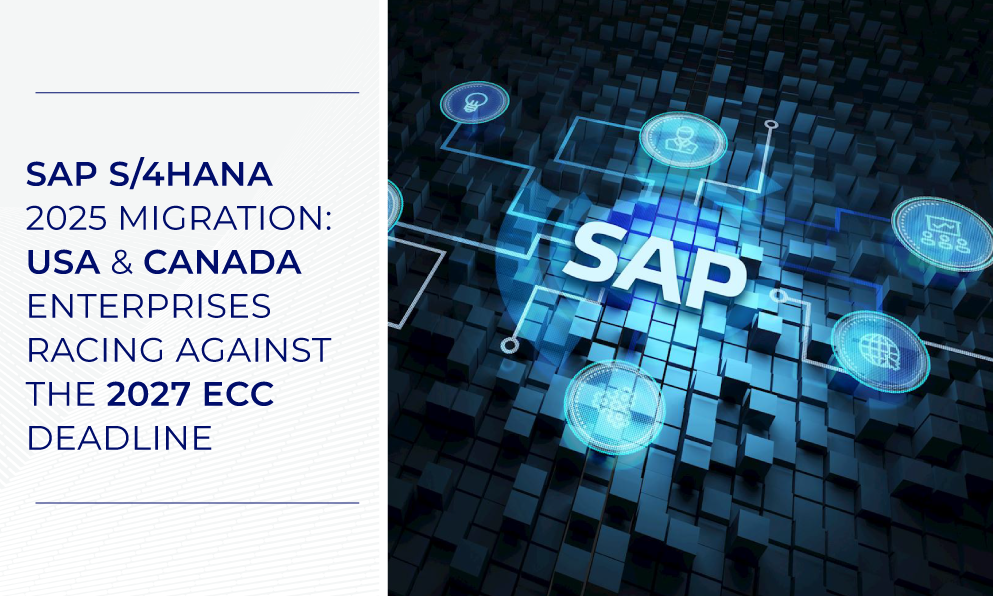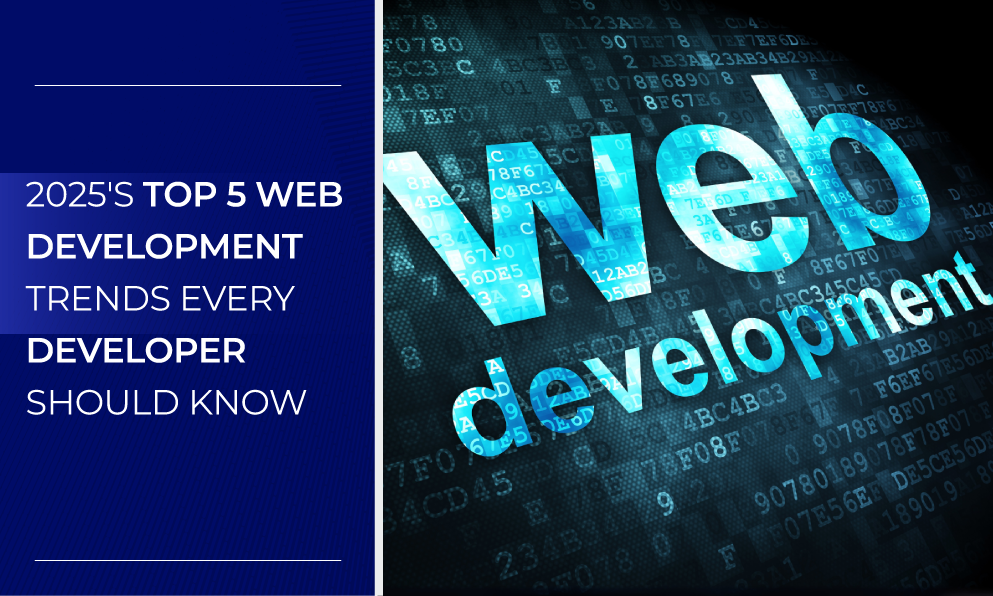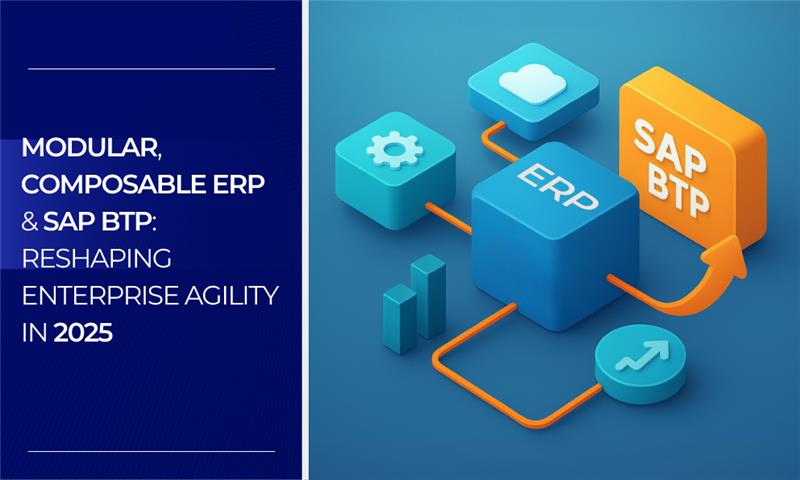Introduction: Why Cybersecurity in 2025 Feels Like a Losing Battle
Every year, cyberattacks become more advanced, more frequent, and more expensive. According to IBM (2024), the global average cost of a data breach hit $4.45 million in 2024, the highest on record. Ransomware attacks are no longer isolated incidents; they’ve become an industry, targeting businesses of every size. Add phishing schemes, insider threats, and stricter compliance regulations to the mix, and the result is a perfect storm of risk.
SMEs often lack resources to defend against these evolving threats, while large enterprises face complex challenges securing their cloud environments, remote workforce, and supply chains. The fear is real: financial losses, reputational damage, and legal penalties are keeping executives awake at night. Learn more about BJIT’s cybersecurity services.
This blog outlines the top cybersecurity trends of 2025 and provides actionable insights to help your business stay prepared, resilient, and competitive in an increasingly hostile digital landscape.
Talk to BJIT Experts and Strengthen Your Cybersecurity Today.
Top Cybersecurity Trends of 2025
1. AI-Driven Cybersecurity & Autonomous Defense
Artificial intelligence is no longer just a tool; it’s becoming a weapon. Attackers are leveraging AI to automate phishing, deepfake scams, and advanced malware, while defenders are using AI for autonomous threat detection and response.
AI-driven security platforms now analyze billions of events per second, spotting anomalies faster than any human team. According to Gartner (2024), by 2025, 60% of enterprises will adopt AI-driven cybersecurity tools for real-time threat detection.
What this means for businesses: Companies relying solely on traditional firewalls or signature-based tools risk falling behind. A single undetected breach could cost millions in damages.
Solution direction: Invest in AI-driven threat detection and partner with cybersecurity experts who can implement machine learning models tailored to your environment. Check how BJIT has been a trustworthy tech partner for more than 2 decades.
2. Zero Trust Security Model Adoption
The old mantra of “trust but verify” is gone. The Zero Trust framework—which assumes no user, device, or application should be trusted by default—is becoming the standard security model in 2025.
With remote work and cloud applications creating blurred perimeters, Zero Trust helps businesses reduce insider threats and minimize attack surfaces.
What this means for businesses: Without Zero Trust, enterprises risk unauthorized access, compliance failures, and brand damage.
Solution direction: Adopt a Zero Trust architecture, focusing on identity management, micro-segmentation, and continuous authentication.
3. Cloud-Native & Hybrid Security Challenges
As businesses shift to multi-cloud and hybrid infrastructures, cloud security remains a top concern. Misconfigured cloud settings and weak access policies are among the leading causes of breaches, according to Verizon (2024).
What this means for businesses: Cloud adoption without strong security governance could lead to data leaks, ransomware infiltration, and compliance penalties.
Solution direction: Implement cloud-native security solutions with continuous monitoring, data encryption, and compliance checks.
4. Supply Chain & IoT Security Risks
The attack on SolarWinds showed how vulnerable supply chains are. In 2025, IoT devices—from smart sensors to connected machinery—are creating thousands of new entry points for attackers. The World Economic Forum (2024) warns that supply chain attacks will be among the fastest-growing threats by 2025.
What this means for businesses: A compromised supplier or IoT device could shut down operations, damage trust, and expose sensitive data.
Solution direction: Vet third-party vendors, enforce endpoint security, and implement IoT device monitoring to reduce risk exposure.
5. Cybersecurity Regulations & Compliance Pressure
With the EU AI Act, updated GDPR enforcement, and new privacy laws in the U.S. and Asia, businesses face stricter compliance requirements in 2025. Non-compliance isn’t just about fines—it could mean losing customers who demand transparency.
What this means for businesses: Companies without proactive compliance strategies risk legal penalties, operational delays, and reputational harm.
Solution direction: Establish a compliance-first cybersecurity program with regular audits, reporting, and automated regulatory updates. Do you have security concerns? Book your free consultation with BJIT today.
6. Ransomware Evolution & AI-Powered Attacks
Ransomware groups are using AI to target victims more effectively, identify high-value assets, and optimize ransom demands. McKinsey & Company (2024) notes that ransomware will account for 25% of all cyberattacks by 2025.
What this means for businesses: Paying a ransom doesn’t guarantee recovery; many victims experience data leaks, secondary attacks, and permanent loss of trust.
Solution direction: Develop a robust incident response plan, invest in immutable backups, and simulate ransomware scenarios with expert partners.
7. DevSecOps Transformation in Enterprises
Security is no longer a bottleneck—it’s becoming part of the DevOps pipeline. DevSecOps ensures security is integrated into every stage of software development, reducing vulnerabilities before deployment.
What this means for businesses: Ignoring DevSecOps increases the risk of flawed applications, regulatory issues, and delayed time-to-market.
Solution direction: Embrace DevSecOps practices with automated code scanning, continuous monitoring, and AI-assisted vulnerability testing.
8. Remote Work Cybersecurity Challenges
With hybrid work here to stay, businesses face ongoing challenges securing home networks, unmanaged devices, and distributed teams. PwC (2024) highlights that remote work will remain a major security concern through 2025, especially for SMEs.
What this means for businesses: Weak remote access controls and unsecured endpoints increase the risk of phishing, credential theft, and insider attacks.
Solution direction: Strengthen endpoint protection, multi-factor authentication, and remote monitoring solutions.
Why Businesses Partner with BJIT for Cybersecurity
At BJIT, we recognize that effective cybersecurity goes beyond deploying tools—it’s about building a comprehensive strategy, ensuring operational resilience, and earning client trust. Our approach combines cutting-edge AI technologies with proven cybersecurity practices to safeguard critical business assets.
Our global clients partner with us because we:
- Deploy AI-Driven Monitoring and Autonomous Defense Systems: Leveraging machine learning and behavioral analytics, BJIT implements AI-powered threat detection systems that identify anomalies in real time. Our autonomous defense solutions not only detect potential attacks but also can respond immediately, minimizing risk and operational disruption. With years of experience across financial services, healthcare, and enterprise IT, we’ve successfully reduced incident response times for numerous organizations worldwide.
- Integrate DevSecOps into Development Pipelines: Security is most effective when embedded in the development process. BJIT helps organizations adopt DevSecOps practices, ensuring security checks are automated across CI/CD pipelines. By combining our deep expertise in software development with security best practices, we ensure that every application is secure by design—from initial coding to production deployment.
- Secure Multi-Cloud and Hybrid Environments: As businesses move to complex cloud architectures, BJIT’s experts provide end-to-end protection across public, private, and hybrid cloud environments. We help clients manage access controls, encryption, and continuous monitoring, ensuring that cloud migration and operations are secure, compliant, and resilient.
- Provide 24/7 Managed Cybersecurity Services Tailored to Industry Needs: BJIT’s round-the-clock managed security services include threat intelligence, vulnerability management, and rapid incident response. Our industry-focused teams understand specific regulatory and operational requirements—whether for banking, healthcare, or enterprise IT—allowing us to deliver customized cybersecurity strategies that align with business goals.
With 2 decades of global experience, BJIT empowers businesses to proactively defend against evolving cyber threats while maintaining agility, trust, and operational excellence. To book a free consultation with BJIT.
Case Insight: Cybersecurity in Numbers (2025)
- Average cost of a data breach: $4.45M (IBM, 2024)
- 60% of enterprises to adopt AI-driven security tools by 2025 (Gartner, 2024)
- 74% of organizations experienced a supply chain attack in the last year (World Economic Forum, 2024)
- Ransomware to account for 1 in 4 cyberattacks by 2025 (McKinsey & Company, 2024)
- 83% of breaches involve external actors (Verizon, 2024)
Conclusion: Don’t Wait Until It’s Too Late
The future of cybersecurity in 2025 isn’t about “if” your business will be targeted—it’s about when. Delaying security investments means higher costs, reputational damage, and compliance risks.
Forward-thinking businesses are already embracing AI in cybersecurity, Zero Trust models, and proactive compliance strategies to stay resilient.
Secure Your Business Before It’s Too Late; Schedule a Strategy Call with BJIT Now.
References
- IBM Security. (2024). Cost of a data breach report 2024. IBM Corporation. https://www.ibm.com/reports/data-breach
- Gartner. (2024). Cybersecurity trends shaping 2025. Gartner Research. https://www.gartner.com/en/research
- World Economic Forum. (2024). Global cybersecurity outlook 2024. World Economic Forum. https://www.weforum.org/reports
- McKinsey & Company. (2024). The future of cybersecurity in the digital economy. McKinsey & Company. https://www.mckinsey.com/industries/risk-and-resilience
- PwC. (2024). Cybersecurity and privacy predictions 2025. PricewaterhouseCoopers. https://www.pwc.com/cybersecurity
- Verizon. (2024). Data breach investigations report (DBIR) 2024. Verizon Enterprise. https://www.verizon.com/business/resources/reports/dbir/

